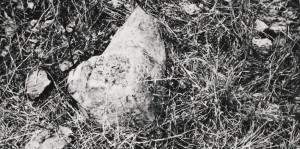
Don’t Let Me Be Universal: Or, the Postwar American Poem
She explains that much liver damage is drug-induced because the liver functions as a chemical purifier, stripping the blood of toxins by splitting poisons into less destructive chemical building blocks. The resulting toxins are excreted while the cleansed blood recirculates. When an overwhelmed liver fails to break down the blood’s contaminants (even beneficial ones, such as painkillers), the pollutants poison the liver cells instead.



